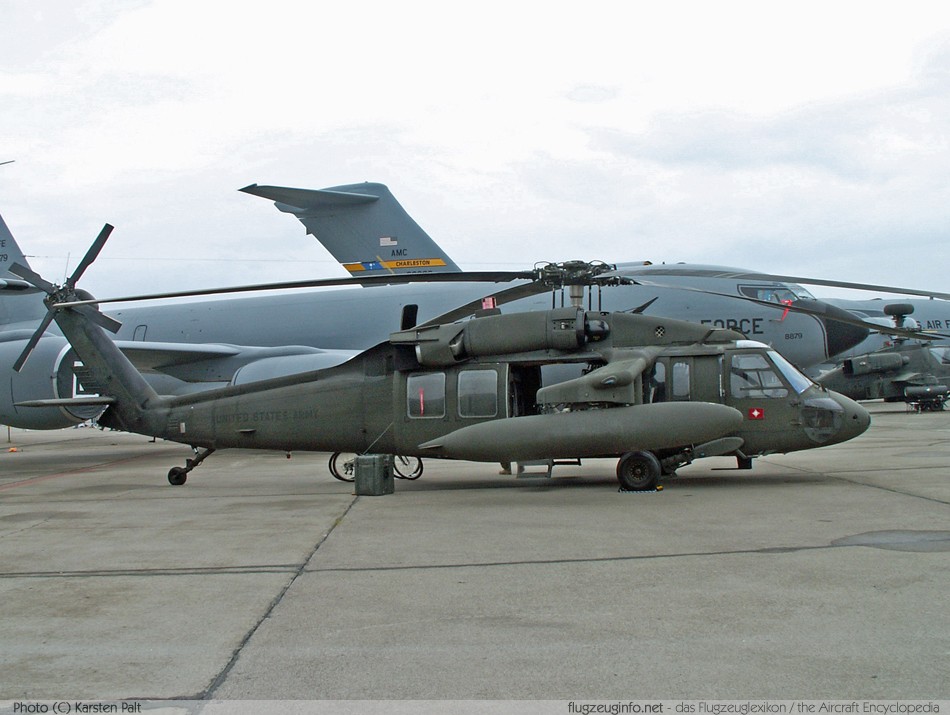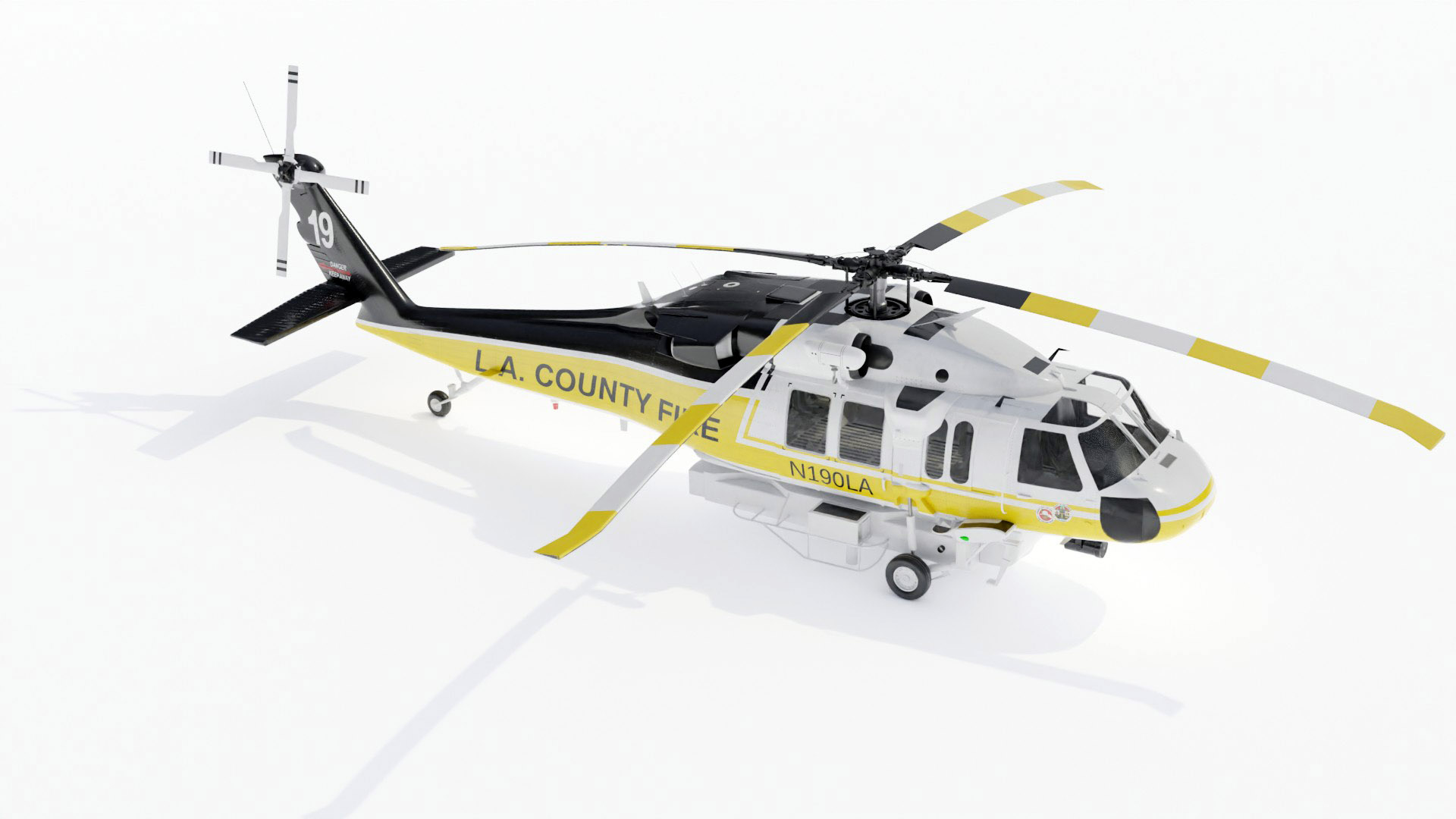Introducing the Sikorsky S 70: Technologies and Breakthroughs in Helicopter Design
Introducing the Sikorsky S 70: Technologies and Breakthroughs in Helicopter Design
Blog Article
High-Performance Multi-Role Rotorcraft Featuring Advanced Cockpit Technologies and Integrated Sensor Solutions
The world of rotorcraft technology has actually seen noteworthy developments in current times, particularly in the world of high-performance multi-role rotorcraft equipped with sophisticated cockpit modern technologies and perfectly integrated sensor systems. In the complying with conversation, we will check out the advancement of rotorcraft innovation, dive into the realm of sophisticated cabin developments, and check out the ramifications of incorporated sensing unit systems on the operational convenience and efficiency of modern-day rotorcraft.
Advancement of Rotorcraft Innovation
The advancement of rotorcraft technology has been noted by substantial innovations in aerodynamics, materials, and propulsion systems, shaping the abilities and efficiency of modern-day rotorcraft. Wind resistant improvements have enhanced the efficiency and maneuverability of rotorcraft, enabling raised speed, agility, and security throughout flight (sikorsky s 70). Developments in products, such as making use of composite materials and advanced alloys, have actually led to lighter yet stronger rotorcraft frameworks, boosting total performance and sturdiness. Furthermore, improvements in propulsion systems, consisting of a lot more powerful engines and ingenious propulsion innovations, have allowed rotorcraft to accomplish higher elevations, faster rates, and better hauls.
These improvements have not only transformed the capacities of rotorcraft however have actually additionally broadened their applications across numerous markets, consisting of army, business, and emergency solutions. The continual advancement of rotorcraft innovation continues to drive development in the field, pressing the boundaries of what is feasible and shaping the future of upright flight.
Advanced Cabin Innovations
Building upon the fundamental advancements in the rules of aerodynamics, materials, and propulsion systems, the world of rotorcraft innovation currently moves emphasis towards introducing Advanced Cockpit Innovations. The assimilation of innovative modern technologies within the cockpit setting plays a vital role in improving the functional capabilities, safety and security, and efficiency of contemporary rotorcraft. sikorsky s 70. Advanced Cabin Innovations include a wide selection of functions designed to supply pilots with enhanced situational understanding, streamlined data monitoring, and instinctive control user interfaces
One of the key advancements in cockpit layout is the implementation of glass cabins, which replace traditional analog evaluates with high-resolution display screens. These digital systems use personalized layouts, real-time data combination, and boosted readability, enabling pilots to gain access to important information at a glimpse. Progressed avionics systems, such as fly-by-wire controls and augmented reality screens, are reinventing just how pilots connect with the airplane, permitting for specific control and boosted decision-making capacities.


Including innovative cabin advancements not only boosts pilot performance however likewise adds to overall mission effectiveness and safety in complex functional settings. By leveraging modern technologies within the cockpit, rotorcraft producers are establishing new criteria for operational quality and mission success.
Integrated Sensing Unit Systems
With the advancement of rotorcraft innovation, the integration of sophisticated Integrated Sensing unit Solution has actually become extremely important in improving functional efficiency and safety and security. These Integrated Sensor Solutions incorporate a broad selection of innovations that give important data for numerous features such as navigating, surveillance, targeting, and environmental tracking. By seamlessly integrating sensing units like radars, cameras, lidar, and infrared systems into rotorcraft, operators can gain from enhanced situational recognition, enhanced objective abilities, and lowered pilot workload.
One key advantage of Integrated Sensing unit Equipments is their ability to gather real-time data and supply workable insights to pilots and objective drivers. Advanced radar systems can detect and track targets over long distances, enabling for great site early risk detection and efficient response planning. Additionally, incorporating infrared and electro-optical electronic cameras makes it possible for rotorcraft to carry out reconnaissance and security missions with accuracy and precision.
In significance, the integration of cutting-edge sensor technologies into rotorcraft not only enhances operational efficiency but also adds considerably to overall mission success and crew safety. As rotorcraft remain to advance, the duty of Integrated Sensing unit Solution will undoubtedly remain at the center of technology in the aerospace sector.
Operational Flexibility and Efficiency
Enhancing functional flexibility and effectiveness in rotorcraft is a natural development from the combination of advanced Integrated Sensing unit Solutions. By leveraging the understandings and data provided by these sophisticated sensor systems, rotorcraft can optimize their efficiency across various goals and atmospheres.
Operational convenience incorporates the capability of rotorcraft to adjust to various roles and circumstances effectively. With advanced cockpit technologies and incorporated sensor systems, rotorcraft can effortlessly change between jobs such as search and rescue, medical discharge, monitoring, and more. This adaptability enhances the rotorcraft's ability to meet varied operational requirements without calling for comprehensive reconfiguration.
Performance in rotorcraft procedures is important for making best use of objective effectiveness and resource use. Integrated sensing unit systems play an essential role in improving functional efficiency by offering real-time information on weather conditions, surface mapping, target monitoring, and more. This data allows pilots to click here to read make enlightened decisions quickly, maximize trip paths, conserve fuel, and improve total mission productivity.
Influence On Modern Aeronautics Operations

Additionally, the assimilation of innovative sensors promotes enhanced mission preparation and implementation, allowing rotorcraft to execute a variety of jobs with boosted you could try these out precision. From search and rescue procedures to aerial firefighting and legislation enforcement objectives, the abilities of modern-day rotorcraft geared up with sophisticated cabin innovations and incorporated sensor systems are unmatched.
Furthermore, the effect of these advancements prolongs past functional efficiency to cost-effectiveness and sustainability. By enhancing trip courses, fuel usage, and upkeep schedules, high-performance rotorcraft geared up with sophisticated cabin modern technologies and sensors add to lowering operational prices and environmental impact, making them crucial assets in contemporary air travel procedures.
Verdict
Finally, the high-performance multi-role rotorcraft with advanced cockpit innovations and integrated sensing unit systems stands for a substantial advancement in aeronautics technology. These advancements improve functional convenience and efficiency, eventually affecting contemporary air travel operations in a positive way. The integration of these sophisticated innovations enables enhanced abilities and efficiency in numerous objective scenarios, showcasing the continued advancement of rotorcraft technology in the aviation industry.
The world of rotorcraft modern technology has actually seen significant innovations in current times, especially in the realm of high-performance multi-role rotorcraft equipped with cutting-edge cabin modern technologies and effortlessly integrated sensor systems. From enhanced goal adaptability to enhanced operational efficiency, the merging of innovative cabin innovations and integrated sensor systems has actually ushered in a new era of possibilities for rotorcraft applications. In the following conversation, we will explore the advancement of rotorcraft innovation, delve right into the realm of advanced cabin developments, and examine the effects of integrated sensor systems on the functional versatility and performance of contemporary rotorcraft.

Report this page